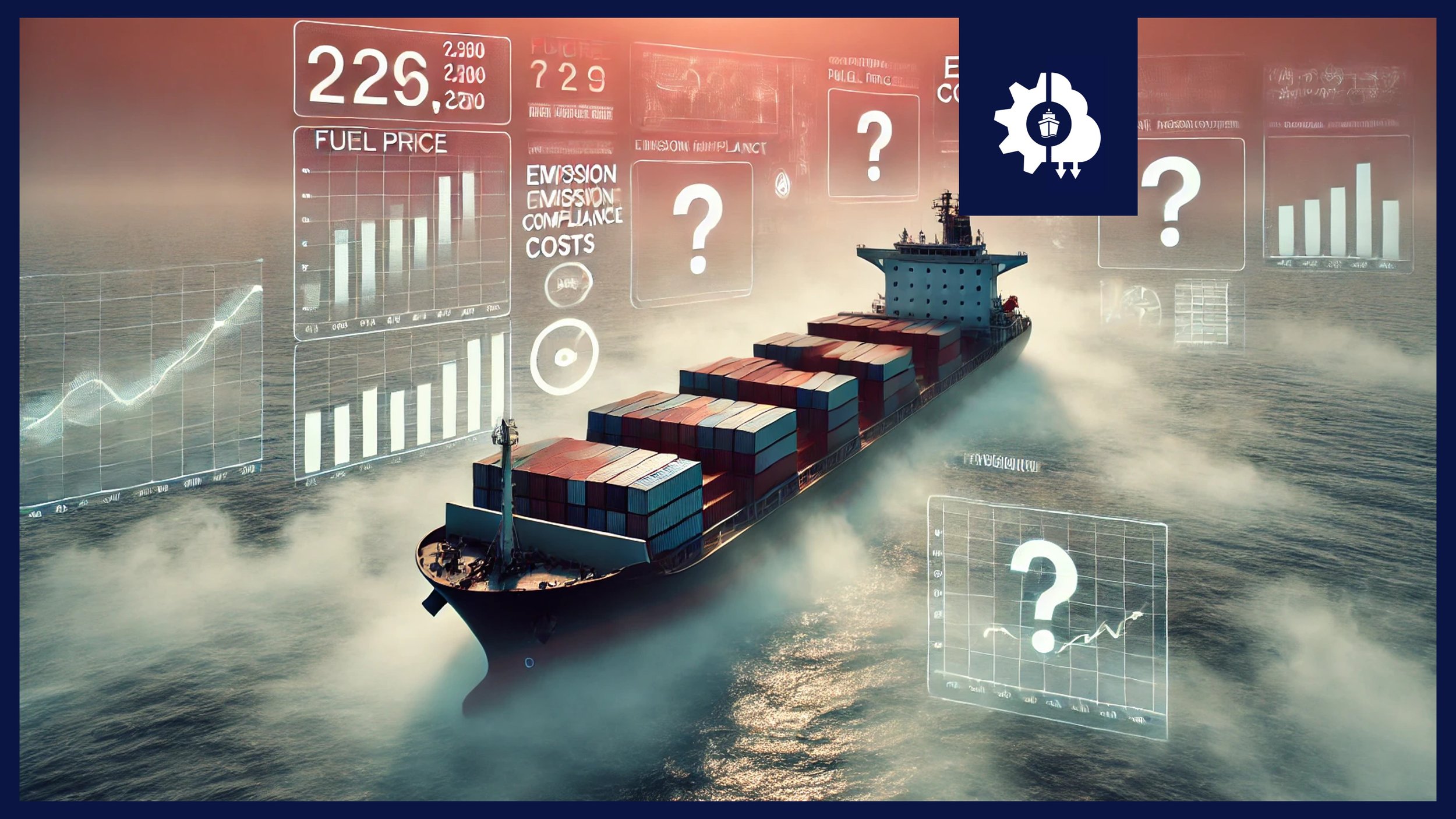Case studies
Illustrative examples on decarbonization measures, costs and regulations
Choosing the right fuel: a brief guide to future prices and compliance costs
This case study analyzes 10 marine fuels using an HFO-equivalent model to determine their full lifecycle costs, including fuel prices and regulatory compliance costs, from 2025 to 2050. The results highlight a critical tipping point in 2040, driven by the FuelEU Maritime regulation increasing carbon intensity reduction targets sharply from 14.5% to 31%. This blog provides shipowners with guidance on how to navigate these evolving cost scenarios and maintain competitiveness to ensure future-proof investments.
FuelEU + EU ETS compliance costs for CMA CGM, Hapag-Lloyd and COSCO
This case study calculates and compares EU ETS and FuelEU compliance costs for three major shipping companies: CMA CGM, Hapag-Lloyd and COSCO. From 2025 until 2050, these three companies will pay a total compliance cost of $54B (CMA CGM), $25B (Hapag-Lloyd) and $32B (COSCO).
Compliance costs of VLSFO vs. bio-methanol vs. e-ammonia
This case study calculates and compares the compliance costs with regards to EU ETS and FuelEU for VLSFO, bio-methanol and e-ammonia. Results show that the averaged compliance costs for VLSFO between 2025 and 2050 are $966 per mT.
What is carbon insetting?
Reducing carbon emissions in the shipping sector can be hard and expensive. Carbon insetting is a way to compensate for emissions that you are unable to mitigate within your normal operations - or are too costly to mitigate - but can be mitigated at other places in your fleet or the sector. Carbon insetting is simple, scalable and perhaps most importantly: almost all vessels can do it without the need for retrofitting or upfront investment costs.
How to build a green hydrogen refinery for the maritime industry in Rotterdam
Over 20% of all Dutch emissions are coming from the Port of Rotterdam, of which the production of grey hydrogen from fossil feedstock is one of the main culprits. This article explores what is needed to build a green hydrogen refinery. It provides an overview of the existing fossil infrastructure and fuel consumption, which technologies are required to transform, how much it would cost and who are actually working on it.
How to make chemicals and fuel from plants
Easier than you might think. Seaport Groningen wants to create ‘Chemport Europe’, providing chemicals and fuels to the entire industry in the North of the Netherlands based on agricultural waste.






